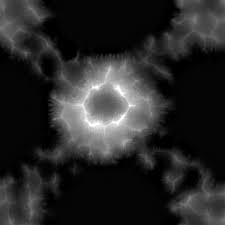

> dst_ds.SetProjection( srs.ExportToWkt()) > dst_ds = driver.CreateCopy('test_6.hf2', src_ds, 0) I imagine the difference between the above used numpy cĪnd this result goes to the actions of applying Float16 across this very smallĪnd on to 'hf2': > src_ds = gdal.Open('test_3.ter') (the following thanks to week 4): > fn = 'test_3.ter' That said, I kinda wondered first if and then what the data looked like in my little Terragen World Space


The SetGeoTransform gets the units right, sets the scale and you have your Terragen World Space.įinal Thought: I don't program, but to an extent I can follow along. The smaller the logical span,Ĥx4 meters is a pretty small logical span. Increase the heightscale until the physical span that we can scale elevations correctly. we should get the projection's linear units so More Reading // Terragen files aren't really georeferenced, but Hudson River or a Local_CS(coordinate system)? What's a silent fail? > dst_ds.GetRasterBand(1).WriteArray(raster) > dst_ds.SetProjection(srs.ExportToWkt()) > dst_ds.SetGeoTransform() #x-res 0.5, y_res 0.5 a guess The above mentioned picture is w=3649/h=2736, I'll have to give some thought to this. She works in lower Manhattan, NY so, UTM 18.

The artist is Belgian so meters would be in order. Same time not offending those who have worked assiduously to create and improve these great tools. This probably seems silly, but there is an artist whom I wish to honor, while at the I am now attempting to create elevation raster over which to drape the picture. I have previously taken a picture (jpeg), converted it to a geotiff, and imported it as tiles into a PostGIS database. If and when I get this right, it would be nice to have all the notes in one place (the long post). My apologies for creating an overly long post and a confession. # Once we're done, close properly the dataset Raster = numpy.zeros( (512, 512), dtype=numpy.uint8 ) #we've seen this beforeĭst_ds.GetRasterBand(1).WriteArray( raster ) Import numpy dst_ds.SetGeoTransform( )ĭst_ds.SetProjection( srs.ExportToWkt() ) This tells me that prior to my above WriteArray(somearray) I have to set both the GeoTransformĪnd SetProjection and SetUnitType for things to work (potentially) Units ground measures are in (also needed Those two values we can convert to physical pixels.ĭs::SetGeoTransform() lets us establish theĭs::SetProjection() lets us establish what So we've added two Create() options that let theĬaller tell us the span's logical extent, and with It requires callers to know format write details. Implementing band::SetScale/SetOffset won't work because We need logicalĮncode them with as much precision as possible We tell callers that: Elevations are Int16 when reading,Īnd Float32 when writing. Scale = see TerragenDataset::write_header() Offset = see TerragenDataset::write_header() My apologies in advance to Ray Gardener and Frank Warmerdam.
TERRAGEN HEIGHTMAP DRIVERS


 0 kommentar(er)
0 kommentar(er)
